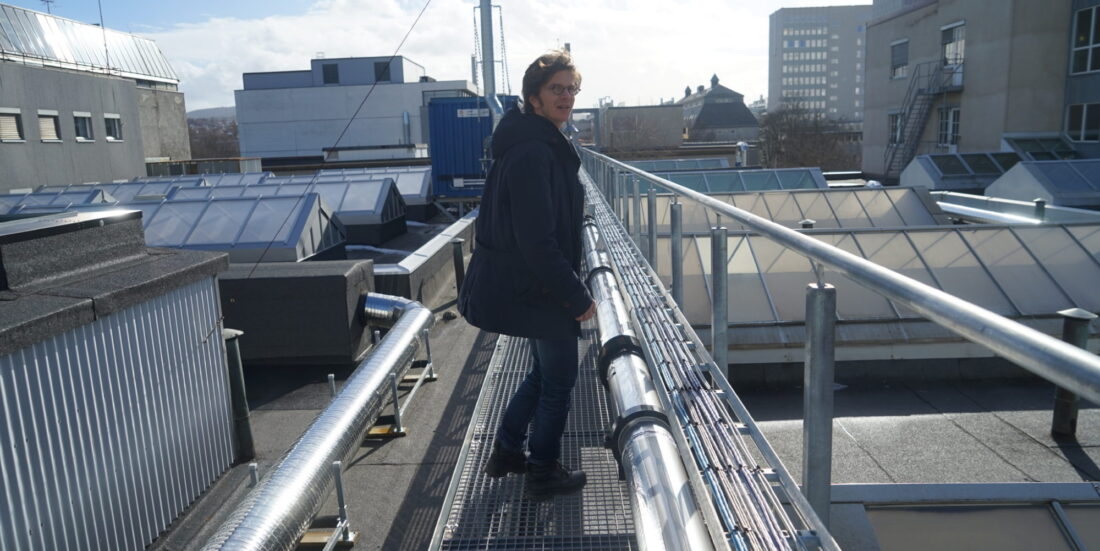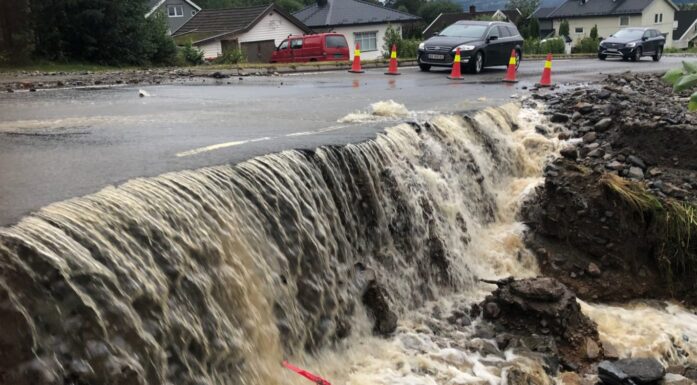New depressurization tool prevents pipeline ruptures during CO₂ transport
Did you know that CO₂ is a gas that behaves in a special way? Transporting this greenhouse gas poses a challenge for pipelines.
Running-ductile fracture (RDF) is a challenge for the transport of all gases, but especially for CO2 pipeline transport under high pressure. The reason is that “old knowledge” does not apply to CO2, which behaves differently.
One problem is cracking along the pipeline, which can extend in both directions. In extreme cases, the pipe can crack longitudinally over hundreds of metres and lead to large and dangerous leaks.
Cuts costs
According to SINTEF, the new depressurization tool can cut costs and support the implementation of CO2 capture, transport and storage (CCS).
This tool “is basically a calculation program that gives engineers quick feedback in the design process. It helps them achieve safe and cost-effective solutions, for example by choosing the right steel grade,” says Svend Tollak Munkejord, chief scientist at SINTEF. It is an important step forward for carrying out CCS on a large scale.
The tool is currently available to all partners in the NCCS research centre, but it will be further developed and launched as an open version through COREu during 2025.





